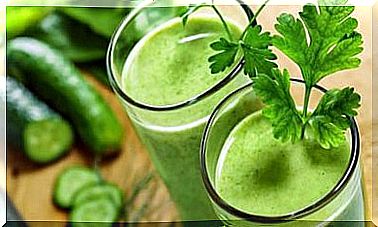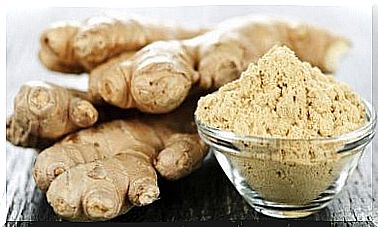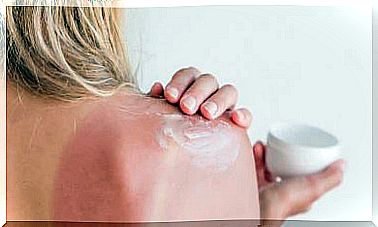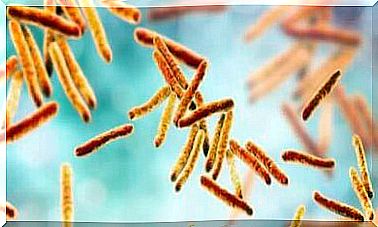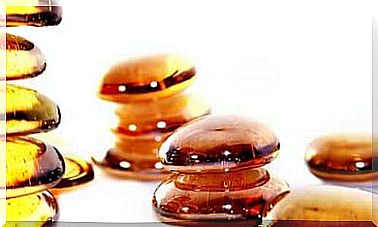Controlling Iron Levels With Food
In order to keep your iron level at a healthy level, a healthy and balanced diet is very important. But don’t forget: Too much of a good thing can also be harmful!
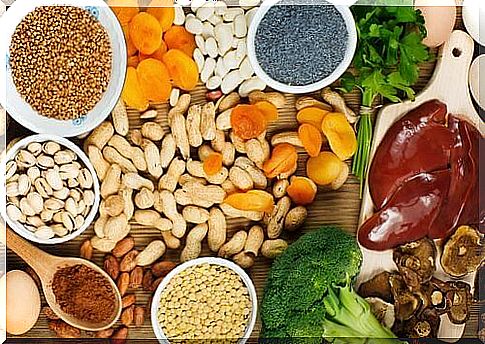
Iron is a mineral that is directly involved in a wide variety of body functions. Eating the right diet can help you control your iron levels.
Among other things, iron is involved in DNA synthesis and in the formation of collagen. It also strengthens your immune system and helps in the formation of hormones and connective tissue.
However, the main function of iron is to transport and store oxygen.
In this process, it also produces:
- Hemoglobin, a red blood cell protein that carries oxygen from the lungs to the rest of the body.
- Myoglobin, a similar protein but which carries oxygen directly to the muscles.
There are also two different types of iron. It depends on the food in which they are found:
- Heme : Heme Iron is found in animal products and is easily absorbed by the body.
- Non-heme : This iron, on the other hand, is difficult to absorb, it is mainly contained in plant products.
In this article we would like to show you how you can control your iron level through diet .
How Much Iron Should You Consume?
It depends on the stage of life in which a person is in order to be able to determine the required amount of iron. Diet, gender, and other factors also need to be considered.
The German Nutrition Society recommends the following amounts:
- Babies up to 4 months: 0.5 mg
- Babies up to 12 months: 8 mg
- Children up to 7 years: 8 mg
- Children up to 10 years: 10 mg
- Children and adolescents up to 19: 12 – 15 mg (girls need a little more)
- Men up to 51 years: 10 mg
- Women up to 51 years: 15 mg
- From 51 years: 10 mg
- Pregnant women: 30 mg
- Breastfeeding women: 20 mg
These data show that adult and pregnant women require more iron than men . This is particularly related to menstruation.
You can use these foods to control your iron levels
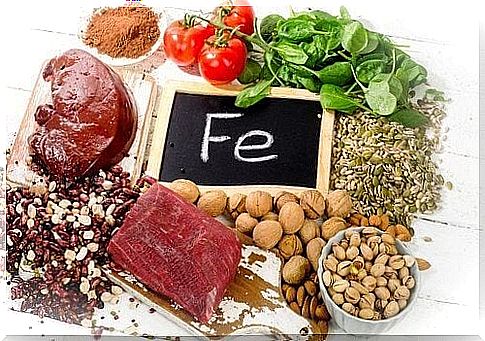
As already mentioned, iron is a mineral that is found in many animal and plant products.
Here is a quick rundown of foods rich in iron:
- Poultry (especially the darker one) and eggs
- Lean red meat, such as beef
- Mussels and other shellfish
- salmon
- Dried fruit: plums, raisins and dry apricots
- Cereal and whole grain bread
- Legumes: soybeans, lentils, dry beans, green beans, split peas, and broad beans
- Vegetables: spinach, broccoli, cabbage, asparagus, dandelions, and kale
- Whole grain products: wheat, oats, brown rice
It must be emphasized once again that the absorption of iron from fruits, vegetables, grains and dietary supplements is more difficult than the iron from meat.
However, you can get three times as much iron if you also eat lean meat or vegetables and dark green salad.
Or you eat dishes with a lot of vitamin C to control your iron levels. Vitamin C facilitates the absorption of iron, especially in the gastrointestinal area.
Do I need to consume more iron?
Iron deficiency symptoms are often difficult to spot. However, there are certain signs that can point you out.
In general, iron deficiency can cause anemia. That’s when the body doesn’t make enough hemoglobin in the blood.
Symptoms of anemia or low hemoglobin in the blood

- paleness
- Rapid breathlessness
- Muscle weakness
- Limited performance
- Headache, dizziness and drowsiness
- Changes in the kidneys: edema and swelling of the legs
- Rapid pulse
It is particularly important for vegetarians to consume twice as much iron a day because iron from vegetables, in contrast to iron from meat, can be absorbed in much smaller amounts.
Risks of an excess of iron

In general, it is very good if you eat a lot of iron-rich dishes, have a balanced diet and have your doctor examine you regularly. However, too much iron also causes various problems:
- stomach problems
- constipation
- Vomit
In some cases, iron deficiency can also lead to organ damage. Too much iron can even trigger diseases like breast cancer, arrhythmias, and cirrhosis of the liver.
For these reasons, it is important to have your body iron levels checked regularly. The best way to do this is to take a doctor’s blood test.
At the same time, you should always remember that a healthy and balanced diet is the basis for your health.
